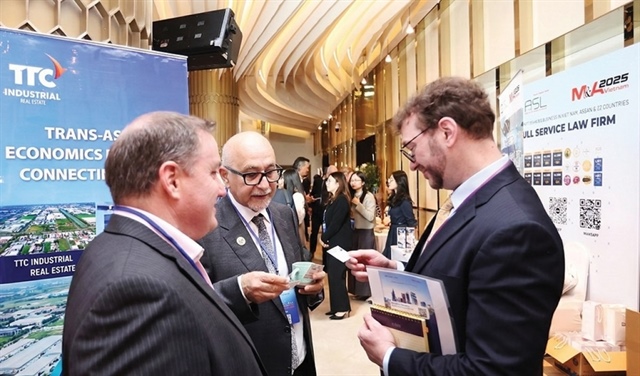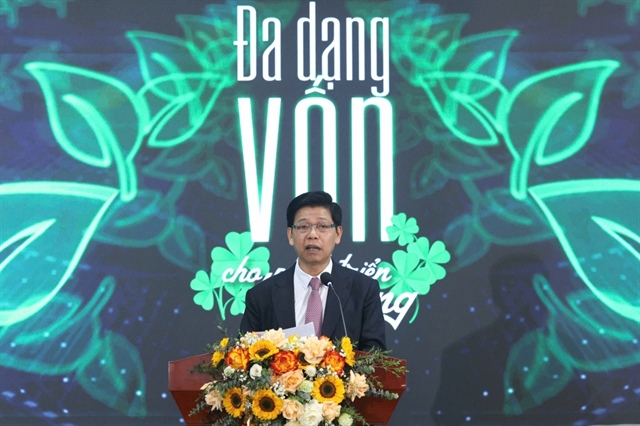Vietnam strives for higher growth rate, lower inflation rate
Vietnam strives for higher growth rate, lower inflation rate
The government has vowed to obtain a higher GDP growth rate in 2013 and lower inflation rate than in 2012. However, economists keep doubtful about the feasibility of the plan.

While government agencies keep optimistic about 2013, believing that the conditions now are favorable enough to loosen the monetary policies in 2013, thus facilitating the growth.
Nevertheless, Dr. Nguyen Ngoc Tuyen, Head of the Finance Economics Institute, has commented that it’s not easy to obtain the duo goal in the current circumstances. Vietnam’s economic growth has still been relying on the investment and labor increase, while macroeconomic conditions do not support this.
“Vietnam’s macroeconomic stabilization is very bad. In last September, when public investments moved up slightly, the inflation rate increased immediately,” he said.
Tuyen went on to say that of the two tasks of obtaining higher growth rate and curbing inflation rate, the latter must be prioritized to help stabilize the macro economy.
In principle, Vietnam needs to settle bad debts in order to obtain growth. However, how to settle the bad debts remains a big question for policy makers.
Some economists have suggested that the government pumps money into the real estate market to rescue it. However, they warned that it would be very difficult to control the disbursement. It may happen that the money would only help “beautify” finance reports of enterprises, not warm up the market.
Commenting about the inflation rate of 6.81 percent, Vu Vinh Phu, Secretary General of the Hanoi Supermarket Association, said though the inflation rate is low, this still shows the instability in the management work: the consumer price sometimes increased rapidly and then decreased sharply the other time.
Phu also said that the low inflation rate should not be explained as the “big achievement in the management work,” but should be seen as the result of the low market demand.
Regarding the economic goals for 2013, Phu said that the risks for high inflation have always been existing, once Vietnam still wastes money in unreasonable public investments and the economic structure remains backward. Besides, the high inflation should also be blamed on the unreasonable resource allocation: while incentives have been offered to state owned enterprises, private businesses cannot receive any support.
Nguyen Tien Thoa, former Head of the Price Management Agency, an arm of the Ministry of Finance, also thinks that there latent risks for the high inflation rate in 2013.
“The root cause of the high inflation rate is the unreasonable economic structure, low capital use efficiency, the mismanagement and outside factors. We still need to be cautious with inflation until the inner problems of the economy are settled,” Thoa said.
Regarding the suggestion that Vietnam should loosen the monetary policies in 2013 to facilitate the growth, Thoa said that both the fiscal and monetary policies need to be regulated in a cautious and flexible way.
In its latest report, ANZ said the five percent GDP growth rate in 2012 is the deepest low over the last 13 months, and lower than the 5.2 percent forecast by the bank before.
Meanwhile, JPMorgan Chase said the modest growth rate in 2012, which is lower than 5.9 percent in 2011 and 6-6.5 percent targeted by the government, reflects the bad debts, the poor infrastructure and weak corporate governance of Vietnamese enterprises.
vietnamnet
























